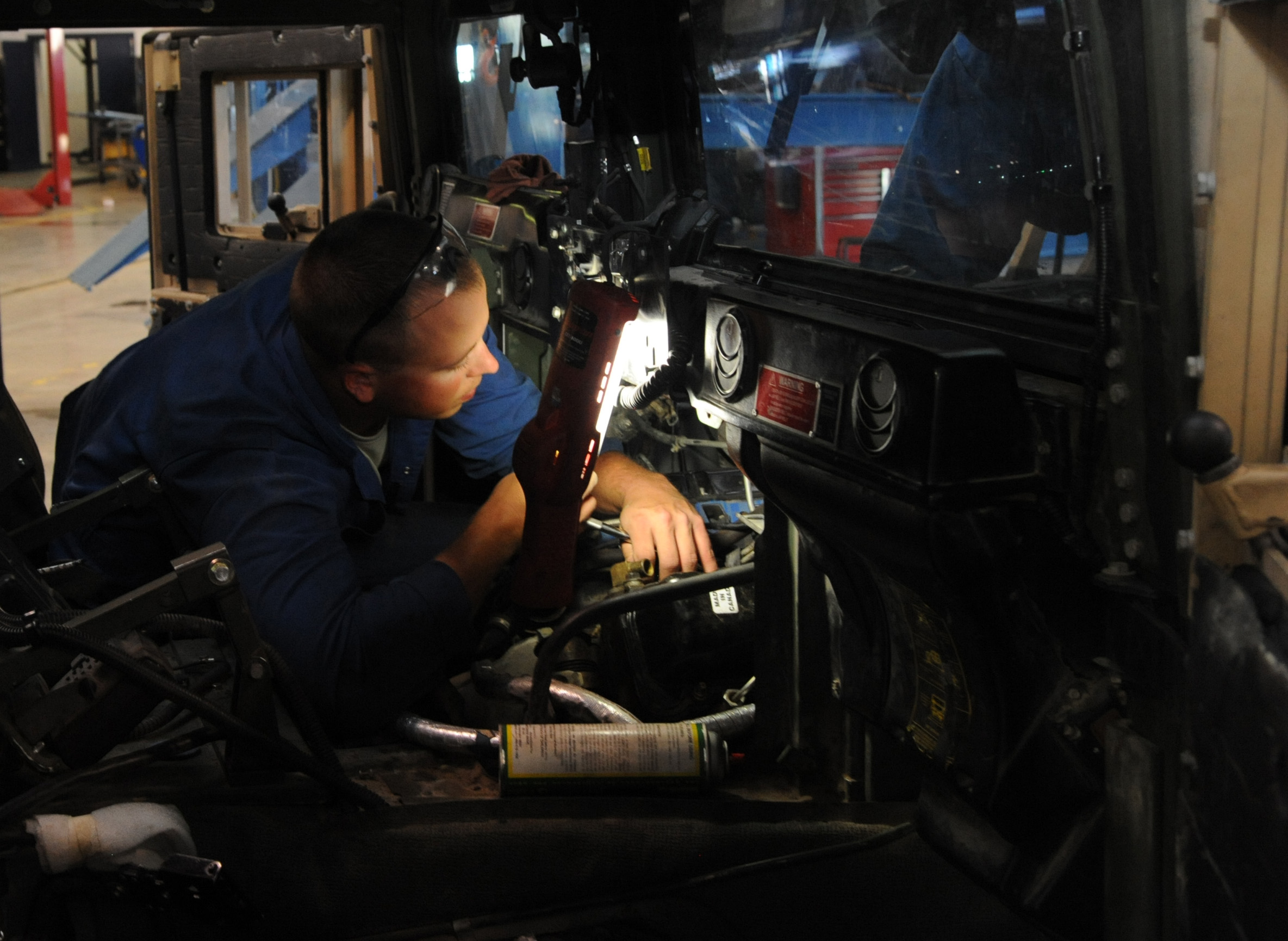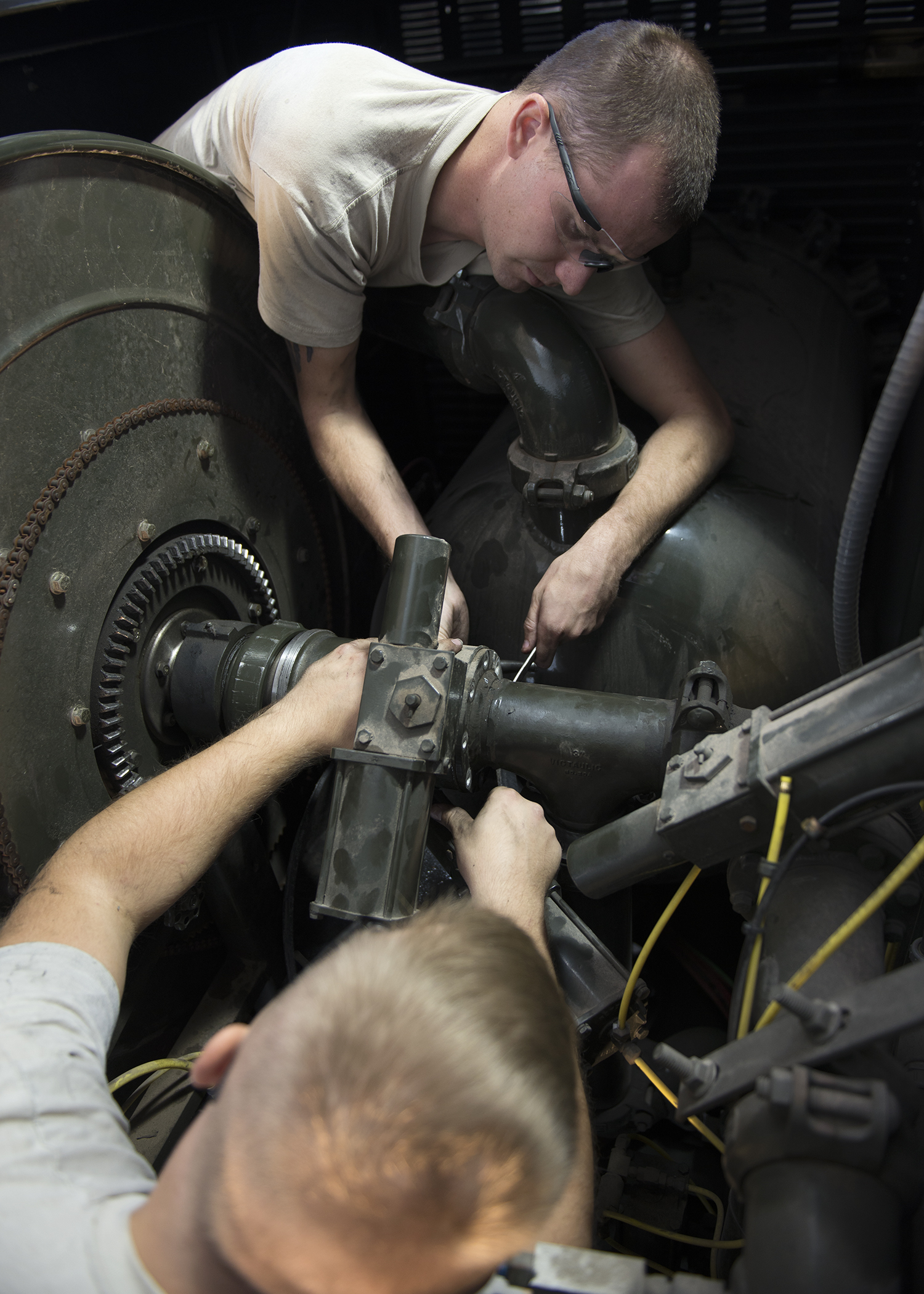Scientists from the National Institute of Advanced Industrial Science and Innovation (AIST) have actually established an industrial-use sheet gasket by at the same time laminating composite films of clay and polyimide and broadened graphite sheets. The gasket boasts outstanding sealing efficiency at from ultralow temperatures to high temperatures, and avoids flange corrosion due to the fact that it is an insulator.
An incorporated structure of the recently developed gasket, in which composite films fill the little areas in broadened graphic sheets, considerably improves sealing properties without utilizing metal. At an ultralow temperature (-196?), the sealing homes of the brand-new gasket surpass those of gaskets with multilayered structure of stainless-steel sheets and broadened graphite ones-- traditionally considered as producing the very best sealing residential or commercial properties-- and represent the world's premier sealing levels for a sheet gasket. The scientists have developed a production approach for the new multilayered sheet gasket and carried out laboratory-based leakage tests to validate the gasket's sealing efficiency. In addition, they have actually also conducted efficiency assessments utilizing high-temperature steam piping at an actual plant to verify the gasket's exceptional sealing residential or commercial properties and toughness.
The established gasket is anticipated to be utilized as a sealing material for piping under a wide variety of temperature conditions in a wide range of commercial applications, consisting of geothermal plants, auto gaskets, oil refineries, petrochemical, power generation, steel, and paper manufacturing plants.
The results will be presented at the Renewable Energy 2013 Exhibition to be held from July 24 to 26, 2013, at Tokyo Big Sight (Koto-ku, Tokyo).
Plants in lots of chemical markets use gaskets to avoid fluid and gas leakage from piping connections and so on. Although asbestos gaskets were when utilized in high-temperature locations, rigorous controls and guidelines on making use of asbestos unlocked for alternatives like broadened graphite items. However, traditional expanded graphite items suffer from problems, consisting of graphite powder loss, burn-in, and poor sealing performance. Another type of gasket for high-temperature conditions combines vermiculite, a clay mineral, with natural substances formed into a sheet. This gasket type postures an issue because it lacks the adequate density to offer satisfying sealing. Therefore, there was a requirement for a gasket efficient in functioning properly in a vast array of temperatures.
In 2004, AIST developed "Claist," a clay film made with small amounts of resin and has a consistent thickness without pinholes. Claist is a versatile and heat-resistant gas barrier material.
Having made and marketed expanded graphite gasket products, Japan Matex proposed a composite of expanded graphite and Claist and teamed with AIST in FY2005 to introduce basic research into the proposition. Based upon the results, the scientists established a new expanded graphite gasket coated with Claist. The gaskets have actually been http://zybbs.org/ambiocugzr/post-points-concerning-custom-68366.html used at around 50 sites throughout Japan, consisting of nuclear power plants, and have actually driven the facility of totally asbestos-free sites. The scientists won the Excellent Prize, the second Monodzukuri Nippon Grand Award. They continued to establish making innovations and performed item evaluation screening on sealing products that could be utilized under high-temperature conditions.
However, these gaskets needed to be fitted with a metal frame or covered with a metal sheet to reach even higher sealing efficiency levels. This avoided electrical insulation being developed, triggering rust to form on the gasket and flange due to electric rust. Sumitomo Seika, which had been broadening into the advancement of highly practical products, concentrated on AIST's clay movie technology and started joint research study. From amongst the many possible combinations of clay and plastic, this research study effort discovered a composite movie with drastically improved handling compared to the standard clay movies. Integrated with Partner Professor (Tokyo University of Science) Takashi Yamashita's understanding of polyimide, this discovery led to additional enhancements in handling, a deeper understanding of exceptional film qualities, and the facility of a production procedure for the raw product paste.
AIST, Japan Matex, and Sumitomo Seika hence collaborated to develop an electrical-insulating gasket with a multilayered structure comprising composite films and expanded graphite sheets to enable applications in a vast array of temperature conditions.
Achieving adequate adhesion is crucial when layering clay-polyimide composite films and broadened graphite sheets. To do so, the scientists picked the ideal clay and polyimide from a range of prospect materials and determined the proper blend ratio and mixing technique. By also optimizing the multilayering procedure conditions and making other adjustments, they produced a large (1 m × 1 m) multilayered sheet with a microstructure in which composite films penetrate the broadened graphite sheets. The crystals of the clay used for the sheet are flat and, unlike the needle-shaped crystals of asbestos, thus present no hazard to human security.
Next, the scientists performed laboratory-based examination tests to verify the gasket's sealing properties and other basic attributes. The tests included punching out a piece of the multilayered sheet, using the piece to make a gasket prototype, and evaluating the model's efficiency. The outcomes revealed that the gasket showed good performance in all the tests, consisting of strength and debt consolidation evaluations. The gasket also showed high levels of sealing efficiency in temperatures varying from -196? to 350? and produced 30-- 50 % less leak than previously established gaskets. At low temperatures, in specific, the gasket demonstrates excellent sealing performance that transcends that of existing clay film-coated expanded graphite items and layered stainless steel-expanded graphite products.
The developed multilayered sheet utilizes hydrophobic clay with excellent electrical insulation and is expected to show great electrical insulation and avoid electrical rust of the flange. Rust tests utilizing sulfur-infused, simulated acidic geothermal water to assess viability at geothermal power plants revealed that while standard gaskets utilizing metal sheets revealed signs of corrosion on their flange surface areas, no corrosion was observed when the newly developed multilayered gasket was utilized.
Based on these results, the scientists conducted confirmation tests with the recently established gaskets on a high-temperature piping of a plant at Befu Functions of Sumitomo Seika. The fluid of the plant was steam with a temperature of 200? and a pressure of 25 environments. The gaskets demonstrated exceptional sealing capabilities over the two-month test duration, showed no indications of degeneration, burn-in on the flange surface, or rust after removal, and exhibited high exchangeability.
The scientists aim to perform a broader range of performance assessment of the gasket, examine long-lasting sturdiness, establish a mass-production innovation, and have industrial items readily available from Japan Matex within 6 months.
Jay Turner Company
1012 N 1st St, Artesia
NM 88210, USA
.jpeg)
575-746-1730



2.png)






